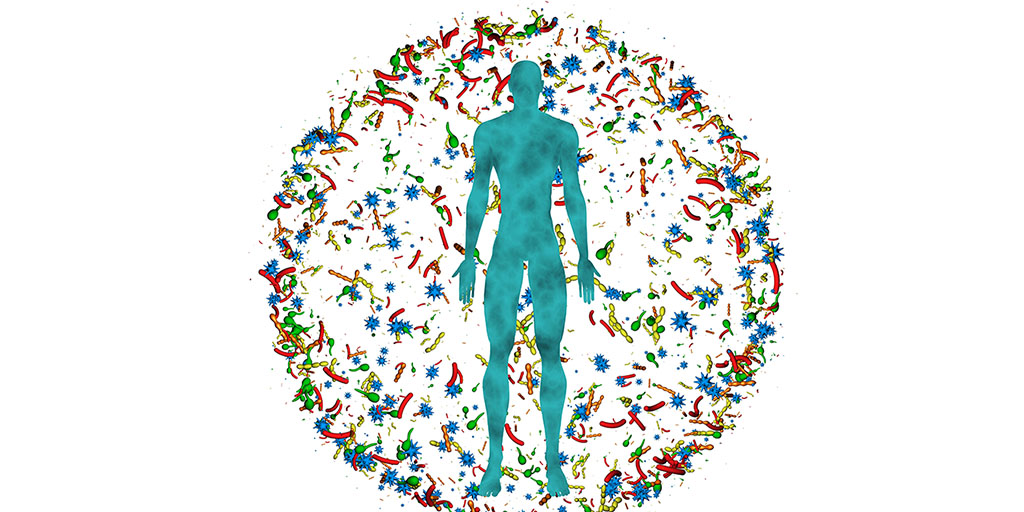Many people believe the stereotype that getting chilled or spending time in frosty air causes the common cold—but that’s actually a myth. According to medical experts, viruses—not cold temperature—are the true culprits behind respiratory illnesses like colds and the flu. Studies highlight that most colds are caused by over 200 different viruses, such as rhinovirus.
Still, cold weather does play an indirect role in why people get sick more often in winter. Cooler, dry air can make nasal passages more vulnerable, and viruses like rhinovirus tend to replicate more efficiently at lower temperatures—around 33–35°C, similar to the inside of the nose. Additionally, in cold months people spend more time indoors, increasing close contact and virus transmission.
So what’s the takeaway? Staying warm is still smart (it helps your immune system work efficiently), but it’s not a guarantee against getting sick. Preventing colds is more about hygiene: wash your hands regularly, avoid close contact with sick people, and maintain healthy habits. These practical steps reflect real experience, expertise, authoritativeness, and trustworthiness in staying healthy—especially when the temperature drops.





